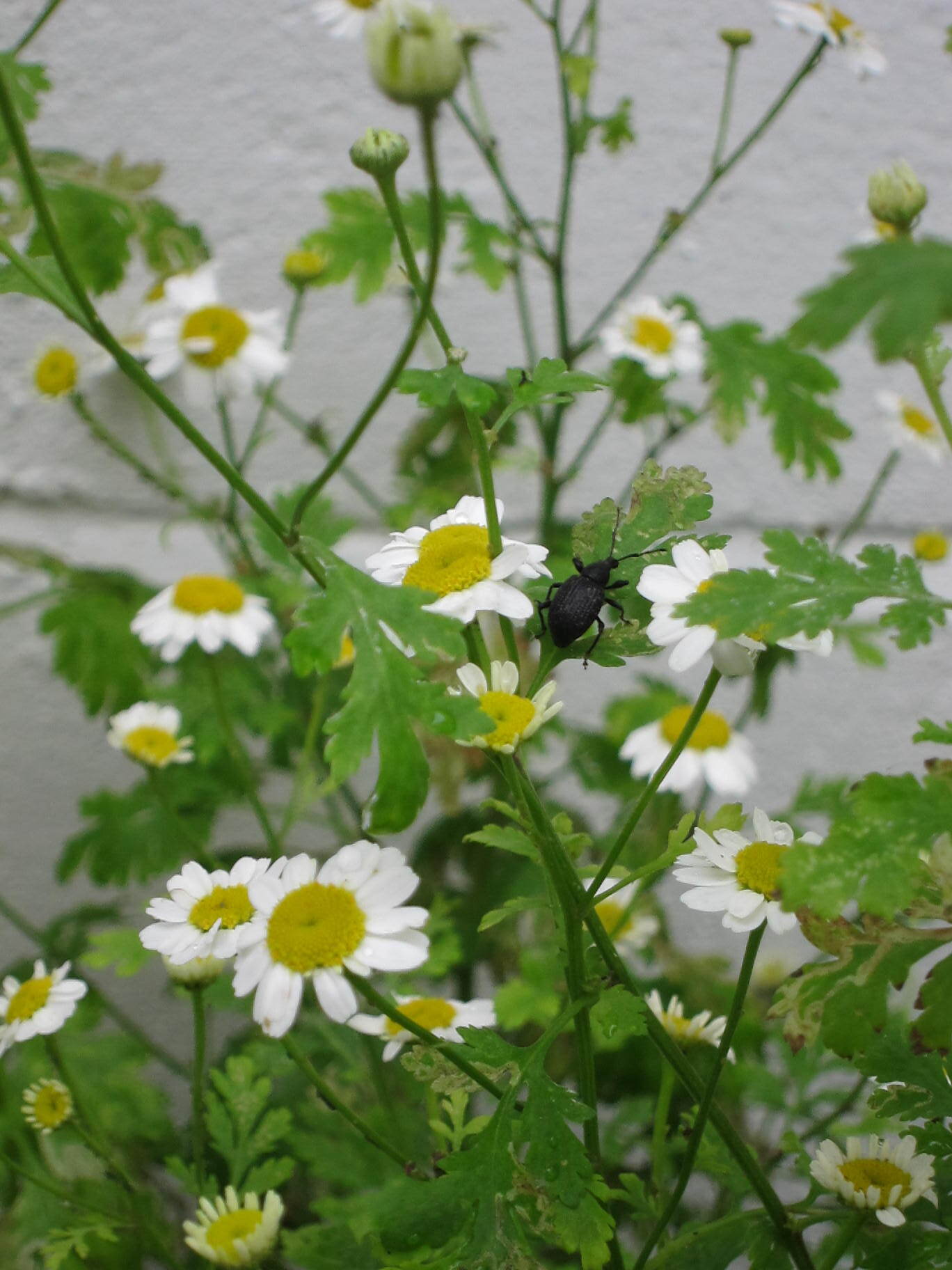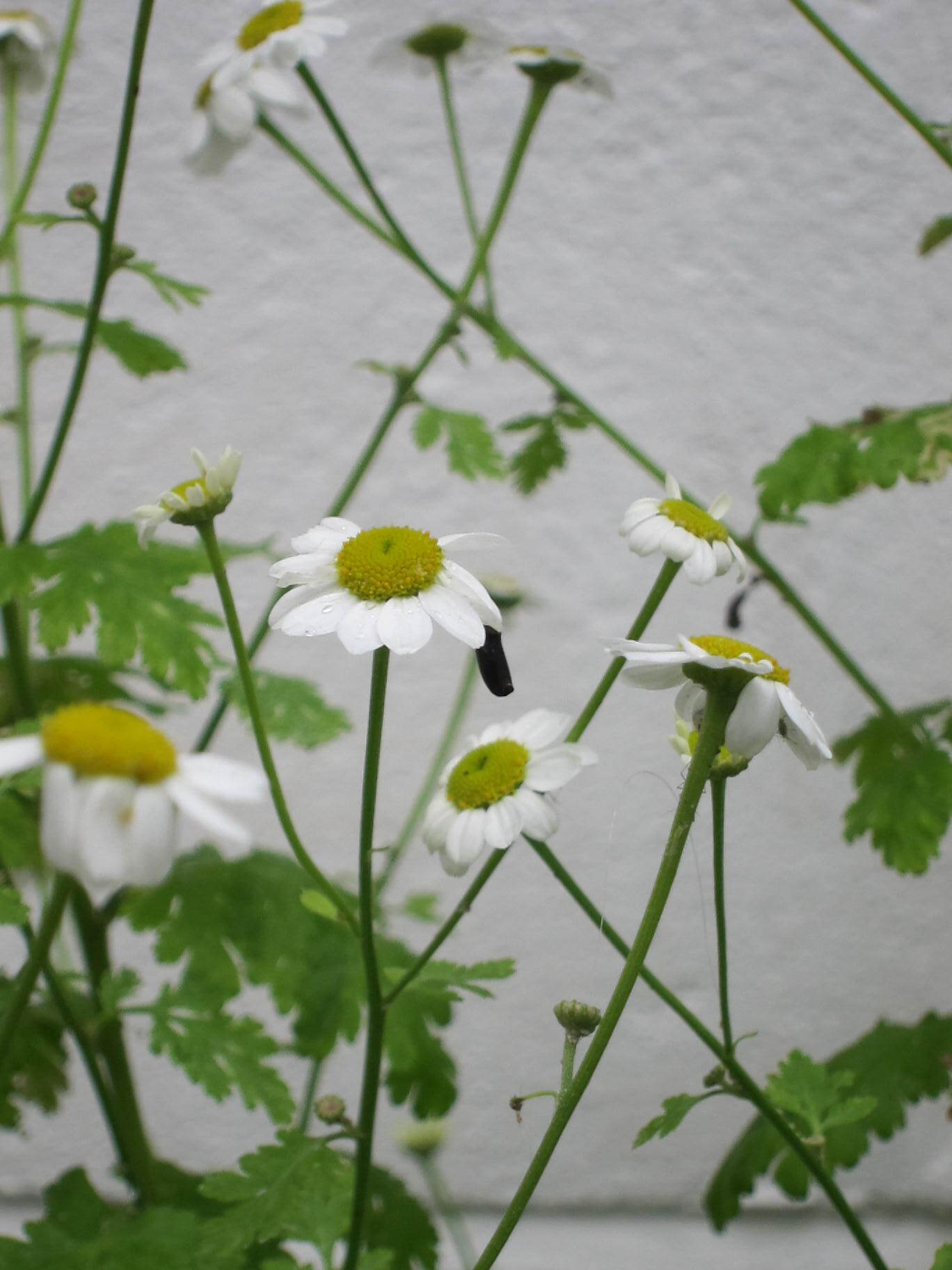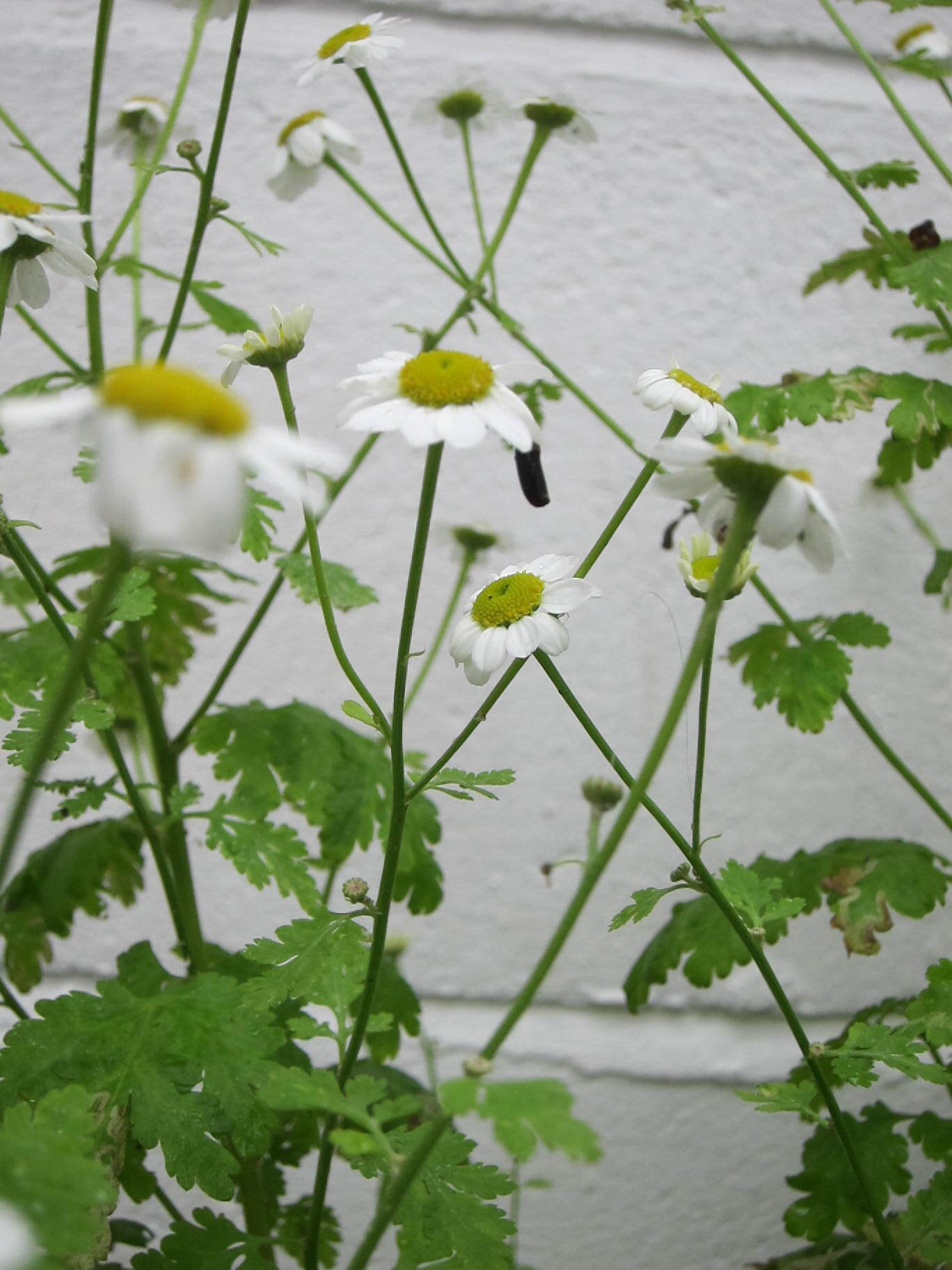I have noticed a few times that posters on this forum say they don’t use harmful insecticidal chemicals on their roses. I am wondering what techniques you do use to combat greenfly (aphids)?
At the moment I am doing the very time consuming job of removing them by hand, and using a small spray bottle of water, and a very small paintbrush for delicate leaves. I was hoping to introduce ladybirds (ladybugs), but haven’t had much luck with them so far, maybe partly as it might not be warm enough yet, though this afternoon my garden thermometer was showing 20 degrees Centigrade (68 degrees Fahrenheit), and I haven’t seen it fall below 11 or 12 degrees Centigrade (59 degrees Fahrenheit) in the past few days, though I haven’t looked at about five in the morning when the temperature will be coldest.
I have tried both adult ladybirds and ladybird larvae (Adalia bipunctata) with no luck yet.
I have read all kinds of suggestions, like using washing up liquid (dish soap), or essential oils. The essential oils didn’t work, and don’t seem gentle on roses either, and clogged my spray bottle though I did manage to unclog it by cleaning it.
Are there any good techniques to remove greenfly (aphids) by hand, as quickly as possible and without harming the rose plant?
I noticed a lot of ants in my garden this afternoon too, all over my rose bushes.
The strategy I have been trying is to pay a lot of attention to delicate rose trees, and other delicate plants like cyclamen seedlings, but leaving a few rose bushes with greenfly on them in attempt to attract ladybirds or anything else that might eat them. It is a lot of work, as the greenfly keep coming back, and there seem to be two types, including those with wings which seem to be laying the eggs. The rose bushes that I have left the greenfly on have no flower buds yet, and the ones I have paid attention to removing the greenfly are covered in flower buds that are beginning to open. That could be coincidence, or maybe greenfly infestation seriously damages rose bushes and stops them flowering?
We have a tree that used to be home to a lot of house sparrows, who up until last year seemed to keep greenfly at bay, but recently somebody in the neighbourhood got a huge cat, about twice the size of ordinary cats, very beautiful with tabby markings, I think maybe a Maine Coon, who climbs on the roofs and everywhere, and the sparrows haven’t come back this year, I miss them.
I wondered how other people control greenfly (aphids)?


